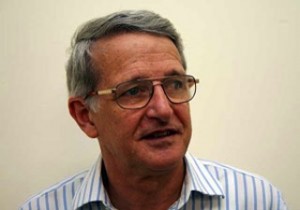

No amount of Australian taxpayer money in the form of government subsidies was going to save Holden, says motoring industry commentator John Mellor.
“The fact is, GM did not have its heart in Australian manufacturing any more,” says the owner of Australian website GoAuto.
“Basically, the sales dominance GM once enjoyed in Australia, which delivered very large profits in its most recent unbroken run from 1993 to 2004, had slipped through its fingers over the past decade.”
Mellor says the turning point for Holden was the Global Financial Crisis, when exports to the Middle East and the United States dried up. Before the GFC, Holden had been looking at a scenario where every second car made at the plant in Adelaide would be exported.
“The effect on Holden was dramatic as its Middle East demand sagged and the (US) Pontiac division was closed.?It has been Struggle Street ever since,” he said.
Recent Holden profits were probably more a reflection of the NZ$1.35 billion that the Canberra government was injecting into the company than of commercial success, he said.
“Holden boss Mike Devereux talked up the local car performance by saying that Commodore (above) and Cruze were among the top five sellers in Australia. But that is not enough anymore because the fragmentation of the market has been so dramatic.”
Between 2000 and 2012, Mellor said, 20 brands were introduced to the Australian market. But in that time nine have departed, four of them – Cadillac, Saab, Hummer and Opel – GM brands.
He said only an export programme was going to make Holden’s Adelaide plant viable. “The only true pathway for that to happen was to sell Commodores (rebadged as Chevrolets) in America which still has a taste for that kind of car.”
But he said too many people at GM in Detroit did not want Holden cars selling in America as Chevrolets in anything other than niche numbers.
Even the former managing director of GM Holden, Alan Batey, while in charge of Chevrolet earlier this year, said that Chevrolet would only ever take cars from Australia in very limited numbers.
Mellor said that also preying on the minds of GM executives are the more stringent US corporate average fuel economy regulations which were brought in last year.
“This means that the more Commodores sold in the US each year, the harder it is for GM to meet the average required across its entire range. This is effectively a non-tariff barrier against the Commodore. “The message was clear. Detroit did not want Australian cars to sell in the home market in any numbers.”
